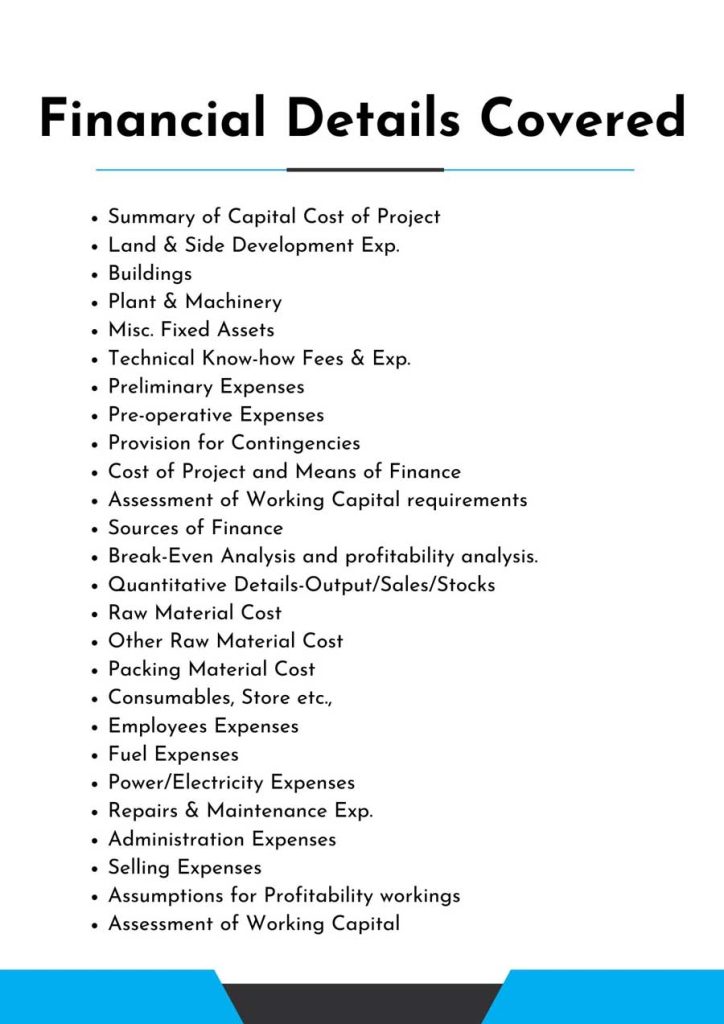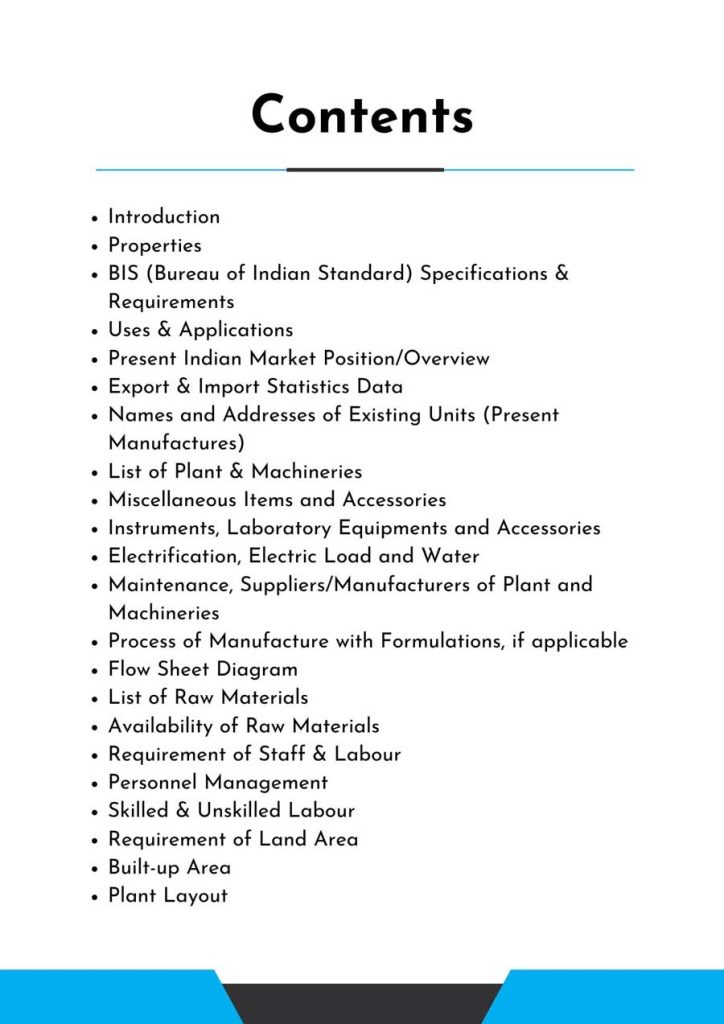Feasibility Report On Cold Storage Business Plan
A cold storage business plan outlines how to operate a facility that preserves and stores perishable goods at low temperatures, ensuring their freshness and quality while addressing operational, financial, and market aspects.
Introduction
Feasibility Report For Cold Storage Business Plan.
Cold storage is the preservation and storage of items, products, or data at low temperatures in order to extend their shelf life, maintain quality, or assure data integrity. Cold storage is not confined to one industry but is widely employed across several, including agriculture, food processing, medicines, information technology, and others.
The basic idea behind cold storage is to slow down the natural decay, spoiling, and degradation processes that occur at warmer temperatures. The corporate description goes into greater detail about the cold storage facility’s history, goal, and vision.
It introduces the business’s founders or management team, their experience, and their motive for starting the company. This part also discusses the cold storage facility’s value proposition and how it intends to meet the needs of its target market and clients.
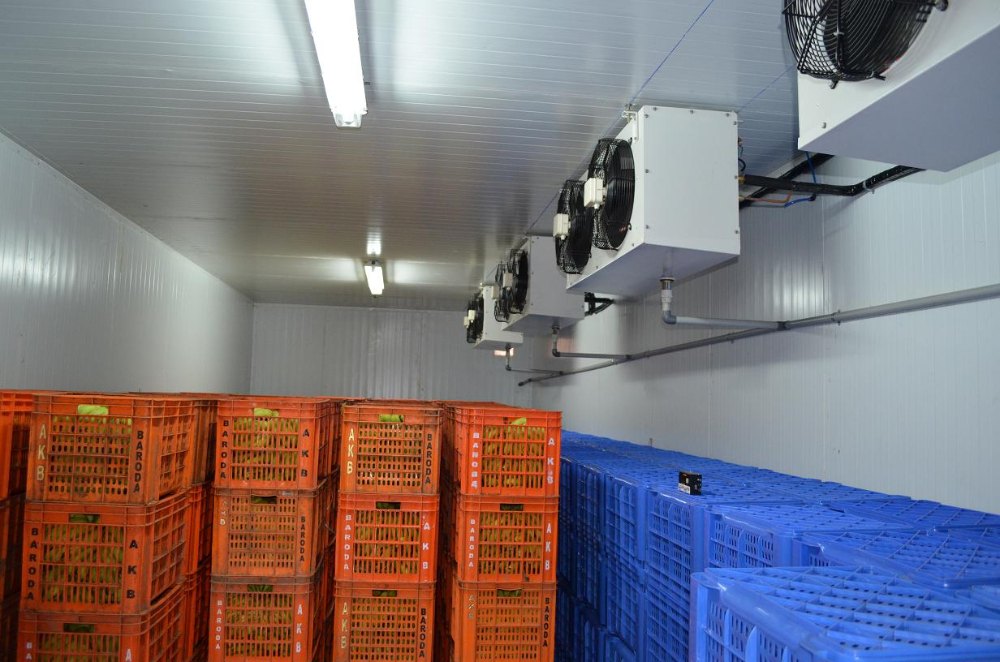
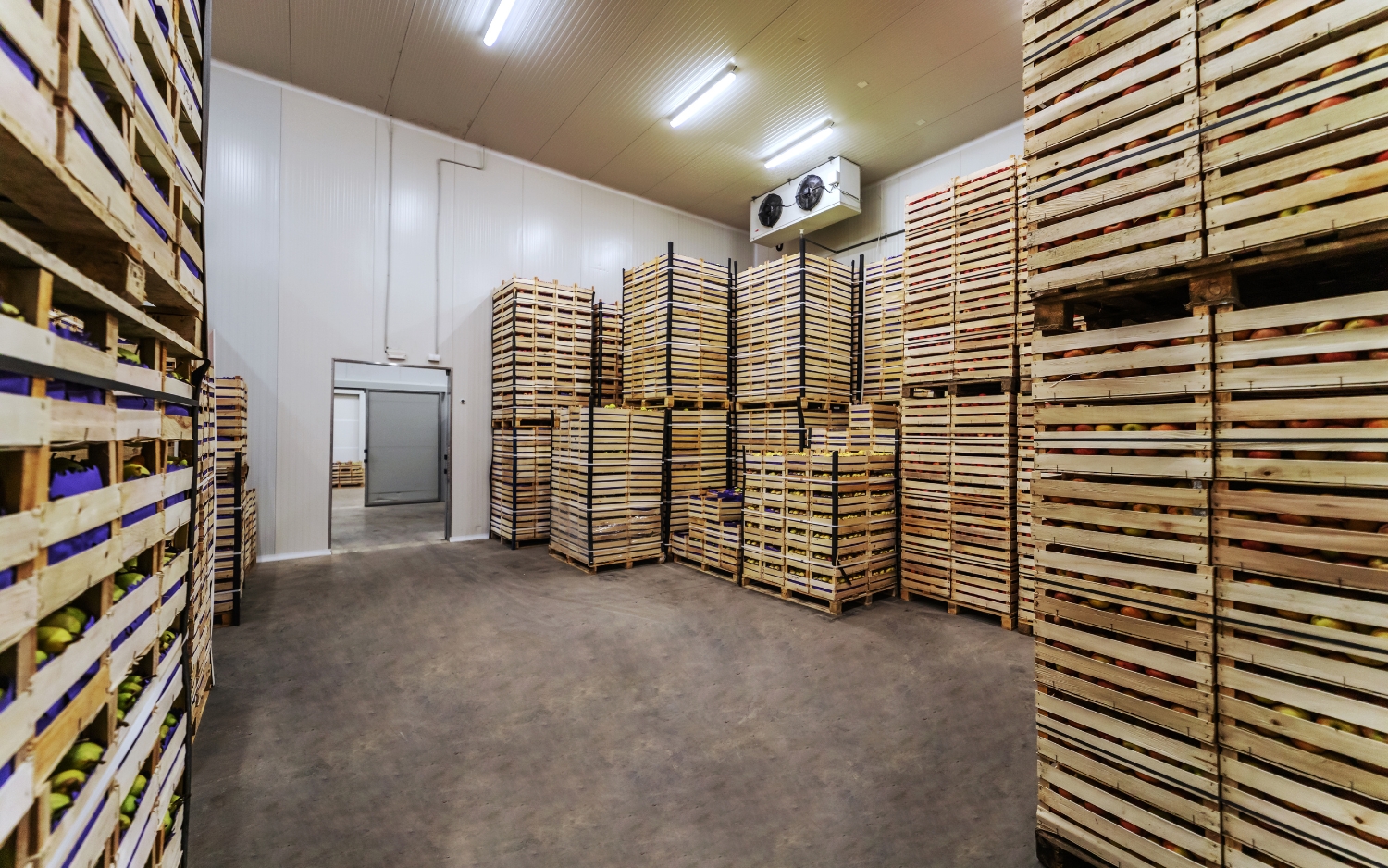
A cold storage facility is a structure built to keep perishable items such as meals. The temperature and relative humidity of the cold storage compartment are kept at the desired levels. Cold storage is a refrigeration and air conditioning application. Temperature (+20°C to -100°C) and relative humidity (from and 95% to very low levels) can be maintained in cold storage.
The temperature and humidity levels that must be maintained are determined by the type of stored goods. Vegetable storage necessitates a temperature range of 0° to 5° C and a relative humidity range of 80 to 90%. Similarly, the needed temperatures for milk processing and fast freezing of fish are 4 to 5°C and -30°C, respectively. The plant must be operational all year, despite large changes in temperature.
Cold storage is also used extensively in the pharmaceutical business to preserve the durability and efficacy of medications and vaccines. Many drugs and vaccinations require precise temperature settings to be functional, and any variation from the required storage temperatures might render them ineffective, if not hazardous.
To ensure the integrity of their products along the supply chain, pharmaceutical businesses invest in specialised cold storage solutions such as cool rooms and temperature-controlled transportation.
Cold storage technology and solutions are constantly evolving. For example, the rise of renewable energy sources such as solar and wind energy is being investigated as a means of powering cold storage facilities while decreasing their environmental impact.
Furthermore, researchers and engineers are constantly trying to improve the design and efficiency of cold storage equipment, ensuring greater temperature control and lower energy use.
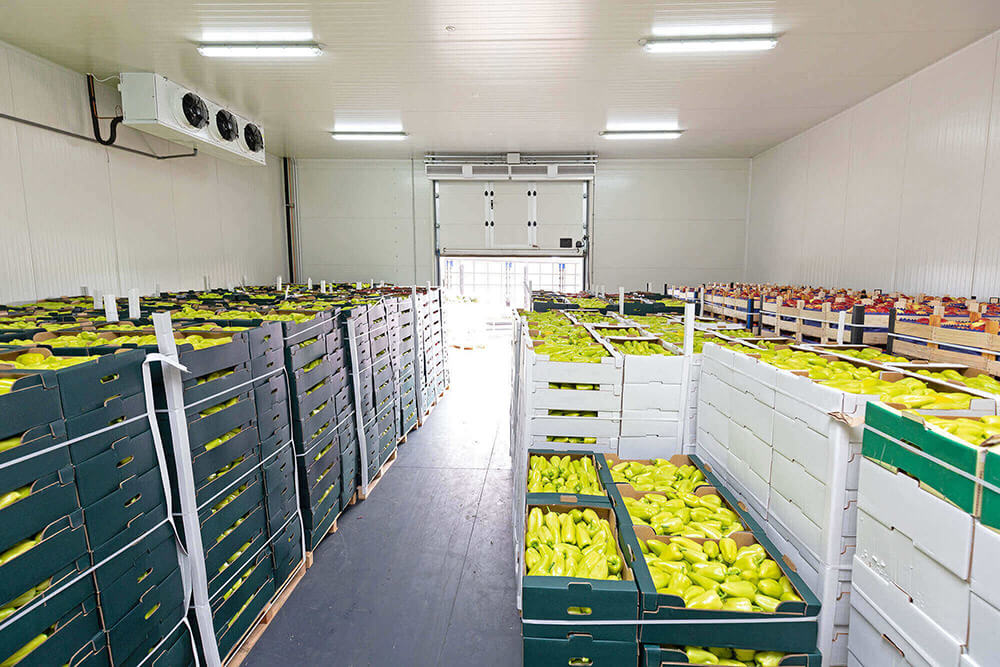
Feasibility Report Sample On Cold Storage Business Plan



Market Strategy of Cold Storage Business Plan
The worldwide cold storage market was valued at USD 112 billion in 2021 and is predicted to reach USD 330.2 billion by 2030, growing at an 11.6% compound annual growth rate (CAGR) from 2022 to 2030.
The demand for cold storage has expanded due to the rising popularity of frozen goods and the development of the organized retail industry, which has led to a global market expansion. The cold storage market’s analysis’s forecasted period runs from 2019 to 2025. Therefore, it is predicted that the global market for cold storage would grow to 212.54 billion US dollars by 2025.
In terms of revenue, the production stores segment dominated the market in 2022 and is anticipated to experience the greatest growth rate of 18.6% during the anticipated period. Fruits and vegetables can be stored in bulk in this sort of warehouse, which can also be used to increase the shelf life of other bulk items like flour, culinary ingredients, and canned products by preventing them from spoiling and shielding them from the sun.
Ports are also anticipated to experience significant growth. Building refrigerated warehouses close to ports can facilitate the customs processes needed to import and export goods that are sensitive to temperature. Government programs to build multimodal transportation infrastructure in developing nations like China and India are probably what will spur the segment’s expansion.
